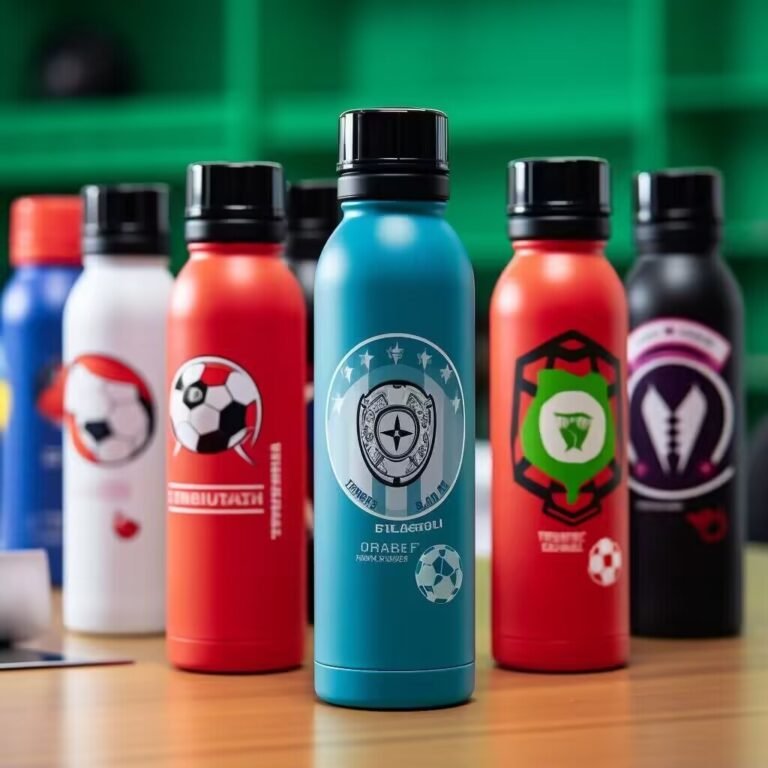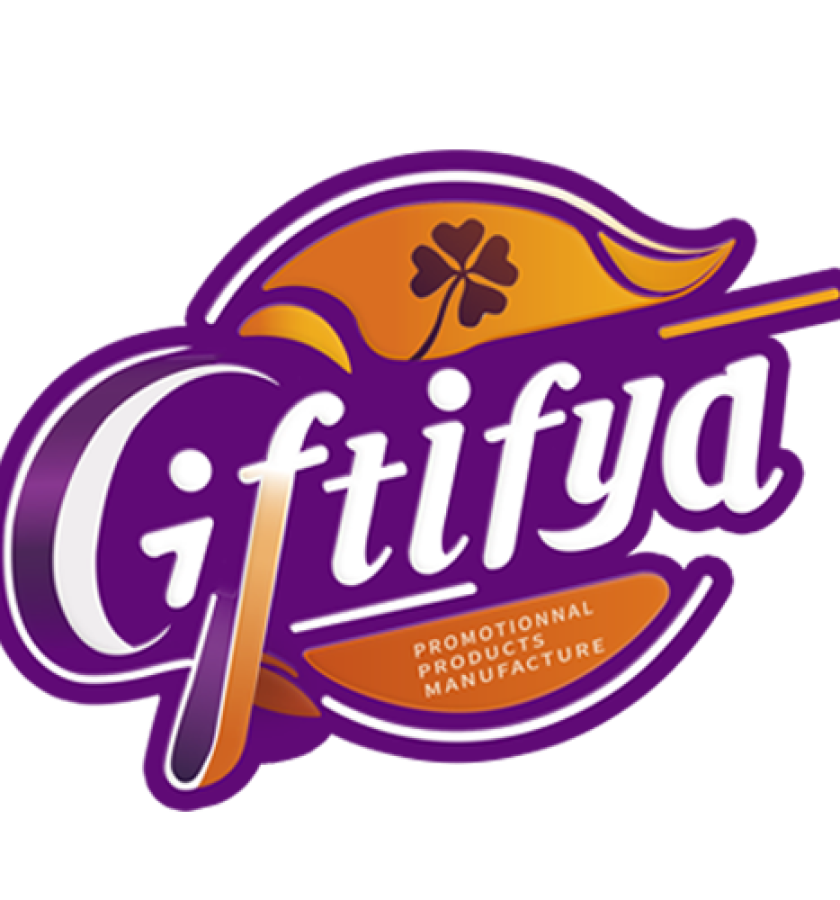A professional promotional gifts supplier in China.

What Did People Wear to the Disco in the 1970s?
What Did People Wear to the Disco in the 1970s? In the 1970s, the disco culture emerged, attracting countless dance enthusiasts. But do you know what people wore during that








